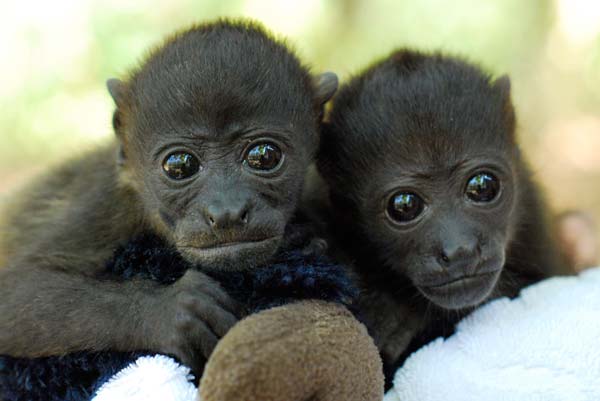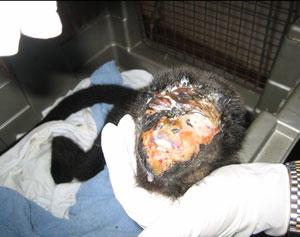San José (UCR/elpais.cr) - Who in Guanacaste has not been awakened by the loud howl of a howler monkey? When these monkeys, opossums, weasels and squirrels cross among the treetops in search of food or shelter, we can barely imagine the difficulties they face in order to survive in the midst of rapid urban growth.
Concerned by this situation and with the goal of preserving the life of these wild animals on the Nicoya Peninsula, the University of Costa Rica (UCR) and electric company Coopeguanacaste, R.L. signed an agreement to launch a research project on areas where power lines owned by this organization may be having a negative impact on wildlife traffic.
The study will take into account the animal population location map when designing Coopeguanacaste's electricity projects. In addition, prevention efforts will be applied to the already existing electricity infrastructure.
The UCR’s School of Biological Sciences with Coopeguanacaste’s logistical and financial support will conduct the research study, which will also include genetics and ecosystem health related aspects.
|
|
 |
| |
|
| |
 |
The school's director, Dr. Gustavo Gutiérrez Espeleta, explained that through these projects the UCR fulfills its commitment to the country's development, particularly towards sustainable development in harmony with nature and biodiversity conservation, by partnering with private companies and organized community groups.
For his part, Miguel Gómez Corea, Coopeguanacaste's CEO, stressed the agreement's importance, considering it an important opportunity to increase the positive impact of the measures already promoted by the Cooperative, the UCR and the community.
Along with the Salvémonos Association, which works for the protection of monkeys in Tamarindo, the UCR conducted studies on the behavior of monkey troops in danger of being electrocuted in the area.
These actions led to a first study being conducted from 2009 to 2010 in a 66.4-hectare area and in five forest patches.
Troops were found in just four of the five patches. In 2009, 123 individuals were grouped into nine troops; in 2010, 125 individuals grouped into 11 troops were identified.
Elena Echandi, postgraduate student of the UCR's Master of Sustainable Development program and a member of Salvémonos, researched the impact of human activities on wildlife in Tamarindo, one of these being electrocution caused by electrical wiring.
In addition, Echandi was able to gain a better understanding of the habits of howler monkey (Alouatta palliata) populations. This information was valuable for Coopeguanacaste, Salvémonos, private companies and community organizations when identifying sites where it was necessary to place bridges between power lines. Other measures were also taken in order to reduce animal electrocution.
Due to the positive results obtained in Tamarindo, the Cooperative has decided to extend this initiative to other areas of the Nicoya Peninsula where it provides electric service.
| 
